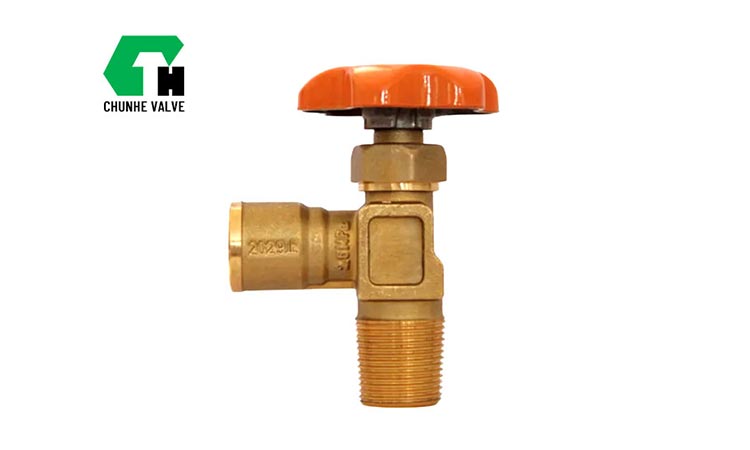Summary:
Gas cylinders are widely used in laboratories and industries for storing compressed gases such as oxygen, nitrogen, or helium. These cylinders are pressure vessels, with internal pressures often reaching up to 10 MPa (around 100 atmospheres). Correct handling is essential to ensure both safety and efficiency. Improper use or negligence can be extremely dangerous.
This article highlights three important aspects of gas cylinder operation:
Regulator operation
Valve connections
Safety precautions
1. Regulator Operation
A pressure regulator is essential for reducing the high internal pressure of a cylinder to a usable working level.
When opening (in use):
Slowly open the main cylinder valve (located at the top).
Adjust the regulator until the desired working pressure is reached (turn in the same direction as the gauge pointer).
When closing (after use):
First, close the regulator.
Then close the main cylinder valve.
Open the regulator again to release any remaining gas (important to prevent long-term stress on the regulator).
Finally, close the regulator.
2. Cylinder Valve Connections: Two Common Standards
Gas cylinder valves and regulators must have matching connection types. Mismatched sizes will not fit.
G5/8 (ISO standard, common in China)
W21.8 (widely used internationally)
Examples:
Steel cylinders (40 L, 10 L, 8 L): typically G5/8
Aluminum cylinders (8 L, 4 L): typically W21.8
Flammable gases (e.g., hydrogen, carbon monoxide): usually W21.8 left-handed threads for additional safety
Standard gases in lightweight aluminum cylinders often use W21.8 right-handed threads
Cylinders can be visually identified by color:
Aluminum cylinders are light (often white) and commonly used for calibration gases.
Steel cylinders are heavier, with body color indicating gas type (e.g., nitrogen cylinders are black with white lettering).
3. Safety Precautions
Key points to ensure safe handling:
No oil or grease contamination – Oxygen cylinders and valves must remain clean. Contact with organic material can cause violent reactions.
Prevent cylinder damage – While the cylinder body is strong, the valve and regulator are vulnerable. If broken, the cylinder may turn into a high-speed projectile.
Avoid heat and vibration – Keep cylinders away from heat sources. Always secure them with a stand, chain, or strap to prevent tipping.
Do not empty completely – Maintain at least 0.05 MPa residual pressure to prevent backflow contamination. Empty cylinders may not be accepted by suppliers.
Conclusion
Gas cylinders are reliable and safe when used correctly, but misuse can create significant hazards. By following proper regulator operation steps, ensuring the correct valve connection, and observing essential safety measures, users can work safely and effectively with compressed gases.

